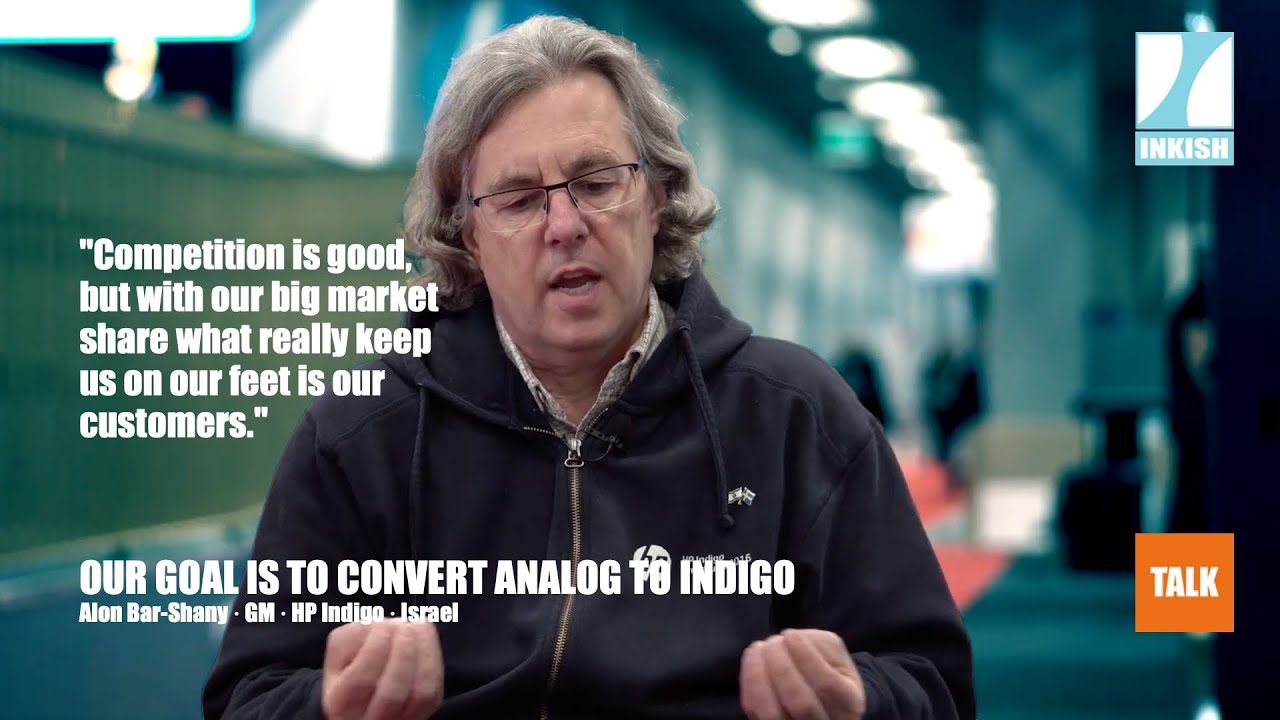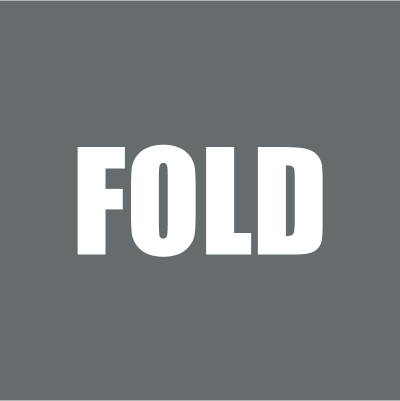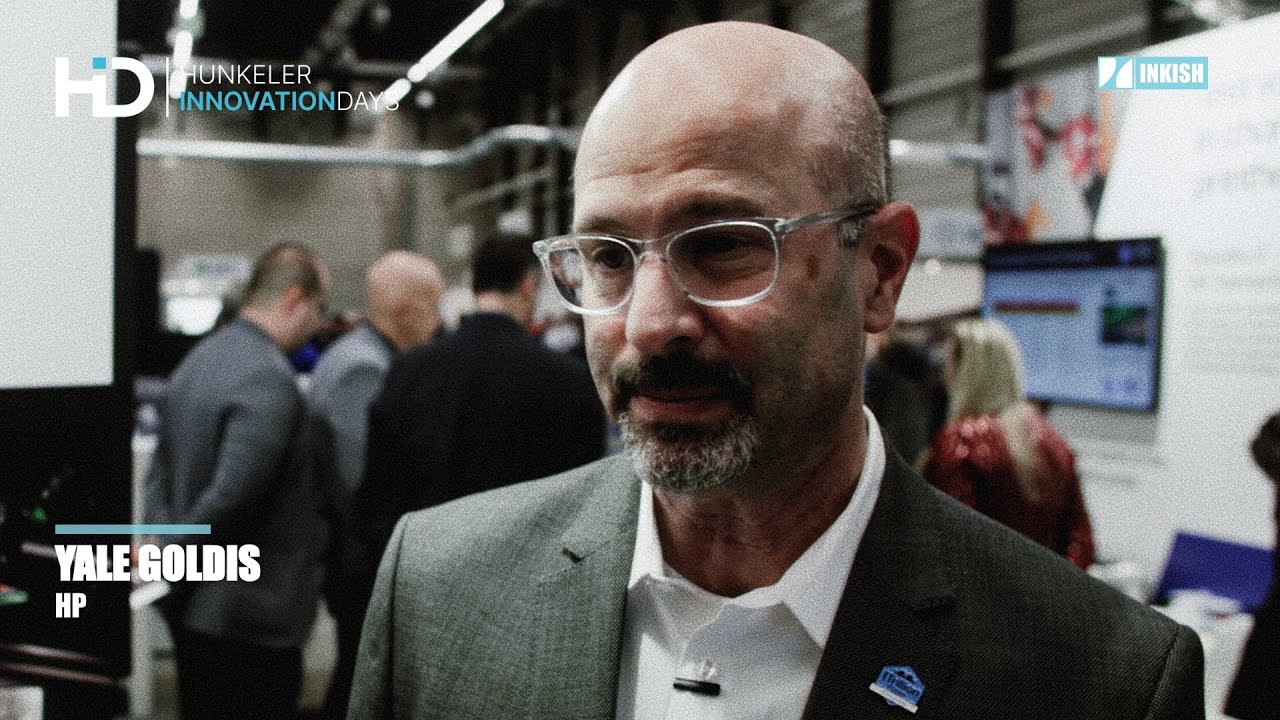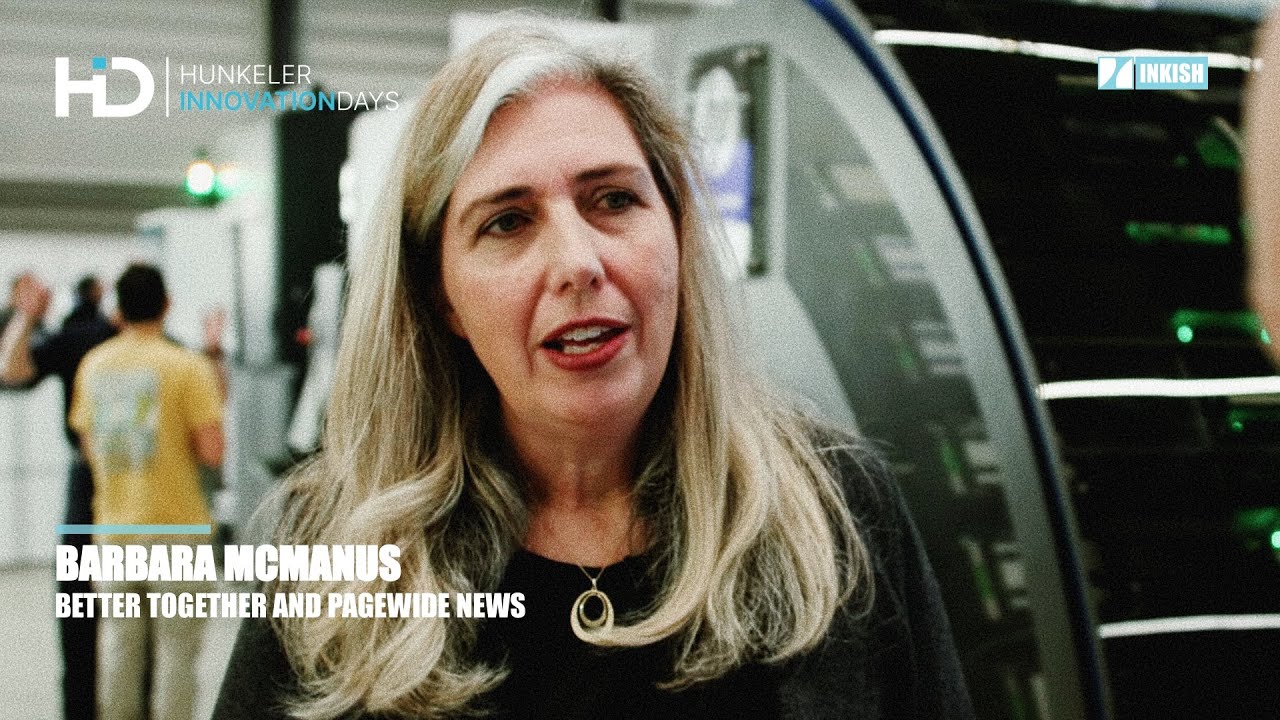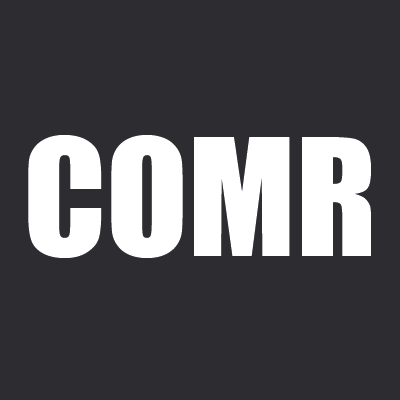Our Goal is to Convert Analog to Indigo · Alon Bar-Shany · GM HP Indigo · Israel
At Scanpack 2018 our friends from Visutech organized an interview with GM Alon Bar-Sharny from HP Indigo. In this open-minded interview, Alon Bar-Sharny shares his view on competition, toner vs Inkjet and other technologies, and why Israel is such an innovative place for printing equipment. Enjoy the 12 minutes interview and remember to like and share.
My name’s Alon Bar-Shany, I manage the Indigo business inside of HP, I’m based in Israel, joined Indigo in 1995.
I would love to say that everything was planned and went according to plan. Life doesn’t work like that, but I do think that for the last 15 years we have a clear vision around working with our customers to enable them to drive profitable growth by innovating, and not necessarily just competing around lowering prices and stealing jobs from each other. That takes constant innovation because everything that’s new and exciting today where you can charge more, three years later everybody does it. So you all the time have to reinvent yourself, and our customers are very good at taking things that we’ve invented and not only using them, but actually saying I wanna do something a little bit different, or can you add this, or adding something of their own. We’ve been working with workflow companies, media companies, finishing companies, so it’s way beyond Indigo, it’s around this whole system, which I think enables this profitable, exciting, high-value growth.
Competition is good, I mean it’s very bad to ever get complacent. I think two things keep us on our feet, one is competition, but the reality is we have such a high market share that’s not enough. The bigger thing is our customers. Our customers all the time push us, and I think our philosophy is to hear from our customers not only what’s doing great, but where we’re not great. And when I come to a show like this, a big learning is sitting with customers and asking them, where can we do better? Where is competition better? What worries you? And then you go back and you try to improve all the time, but competition is very important.
Look, the reality is first of all that I think every technology has some pros and some cons. There isn’t one technology usually that does everything the best. HP has a unique advantage because HP invented, and has thermal ink jet and HP acquired side tech, so we have Piezo. HP acquired Samsung printing, it has toner. And HP acquired Indigo and we have the Indigo LEP technology. Internally in HP we look at the customer and at the needs, and then what is the best fit for the technology. And of course there is healthy internal competitions, so Eric (Head of HP Wideformat INKJET Division) and I, we joke, and inside HP we have ink jet for the office and toner for the office, and the same for the consumer. At the end the market decides, we give the customers choice. I think we believe that there’s certain applications, labels, flexible packaging, photo albums, commercial printing where Indigo has the best fit through applications like signage, textile, corrugated, and inkjet has a better fit this is good for the industry and we like to kid each other around. It’s like in the family when brothers and sisters, they hate losing to each other, it’s good.
Part of it is the fact that Indigo technology is differentiated and we can take our electro ink and we can put any pigment we want. So we can do security inks and fluorescent inks and spot color, et cetera et cetera. The second thing we’ve chosen the technology that’s always a platform, so we can do a role and a web, we can do a single engine or a double engine. We always have multiple drawers in duplex so we don’t have to develop a specific ink for every application, that helps us scale. It helps our customers expand their applications, but it also helps us I think drive up the productivity and lower the cost for the customer just because we have this scale.
Yeah, so our philosophy has always been, we take care of our existing customers, and when we launched ten years ago the series thee, the 6,000 the 7,000, today we have the 6900. We try to enable our customers to enjoy the innovation of software, special inks, mechanical improvements, et cetera. Once in a while you come with a new format or a new something which you can’t retrofit, and then we enable our customers to trade in presses et cetera. We’ve been very successful with the series four, you mentioned the 50,000, installed with Albelli (will soon be published on INKISH.TV as well). It’s doing photo albums, amazing quality, very high volume. We have a single engine that does posters and wall paper. We have a single engine that does labels and flexible packaging. We have sheet fit. So you’ll continue to see Indigo with a platform approach where we never develop one product for one application. We develop a platform and then very quickly we do other applications. Some we plan, and some quite frankly our customers surprise us. People are doing balloons on the 20,000. We never designed the Indigo 20,000 to do balloons. But there’s a good fit, so people do balloons.
So first of all when you look at the market, the vast majority of the market is still analog. So you have competition in the sense of whose spending money to buy a new press, and what press did they buy. And then if they buy digital, what did they buy. But also I look at our competition as every page that’s printed on an analog device, for me it’s competition. 90 something percent of the photo albums printed digital in the world are Indigo. The vast majority of digital labels. But we still have a lot of labels that are printed flexo. So our goal is to convert from flexo to Indigo, but not just based on pricing so everything is cheap cheap, but to turn it into something which has security, which has variable data, personalization, mosaic, et cetera et cetera.
If you look at the market where we’re competing against another digital vendor, we have by far the largest share. In the past our competition use to be Xerox, Kodak, Xeikon, mostly toner based technologies. Today there still around, but I think there weakening. People are talking a lot about ink jet is the future, the reality is for 10 years there hasn’t been that much growth in our space. But I think if I look five, ten years ahead there’ll be more inkjet competition for us and less toner and less flexo et cetera et cetera. We have to continue to improve in all vectors and then customers will choose.
Price points have gone down significantly in the world today. It’s very interesting because paper pricing, ink prices, plates of the analog side have gone up a lot, while digital has not, so that’s actually working in our favor. We are not greedy, I have to say. Obviously we wanna not only make money, we wanna have enough to invest so we can come with innovation and show our customers how to continue to grow. We spend a lot of our money today educating the big brands and the small brands on why digital. I think it’s up to every company to find the balance of how you make profit, but how much you put back into the business. For me the key thing, if our customers continue growing double digits, which they are, then we can grow and then we can invest back and everybody’s happy.
If you make money and your customers aren’t, you’re dead. If you don’t make money and your customers are, it’s also not good. The beauty of the Indigo model for the last ten years is that our customers are growing, the end customers, the brands, the Coca-Cola and the local beer, craft brewery’s are happy, so the whole value chain. But it’s because we’re all the time doing something differently, we’re always innovating. That for me is the formula. It’s not easy because everybody else comes and cuts prices, and that’s not our philosophy. We’re more expensive than competition, but we also add more value, so I think that’s by the way very much also compatible with Nordics mentality, right. Small countries can’t compete, just I’m big, and I have cheap labor. You have to add value, you have to innovate, you have to have beautiful design, good quality. That’s our philosophy.
Look, that’s where you can never stop. What was good enough yesterday is not really good enough. Not all customers are going to need the HP quality, but some will, and once you have a HD, the beauty is then the engineers go back and realize now we can do FM screens, which we always thought was not needed or impossible on the Indigo. Now we can do smaller fonts which have applications in security.
Israels a small tiny country, so we all know each other. Some of the companies were founded by ex-Indigo people like Kycon. Some people like Scodix have people, we know each other from high school, from whatever, it’s a small country. We don’t give a preference to an Israeli company just because they’re Israeli, we have actually other partners in this world. But there is a critical mass in Israel between software, material science, inspection systems, mechanical engineering, which is important. It’s good ’cause we have some kind of a critical mass and we can consult each other, and when we go to Drupa, it is a good feeling to see so many people from my little country that have had an impact on the printing world.
So we have to have a world view, and because the world is global and we’re a small country, but very well connected to Asia and Latin America and immigrants from all over the world, I think it helps us, it helps us.?
































































